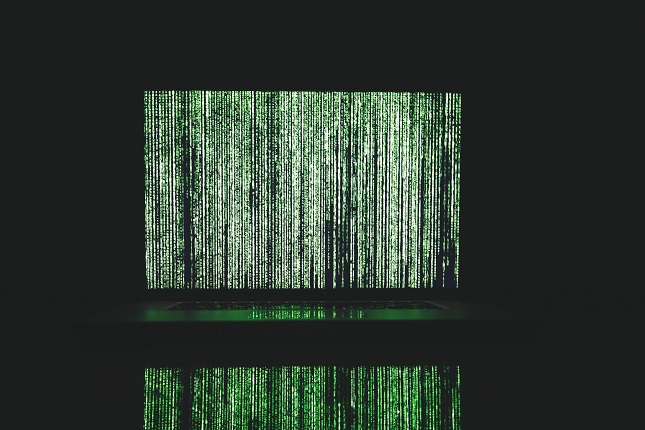Have you ever clicked a link and instantly regretted it? Cyber threats today aren’t just about firewalls—they’re about deception, speed, and strategy. Attackers work like businesses: fast, coordinated, and always adapting. To stay safe, defense has to evolve too, using smarter tools and quicker responses.
In this blog, we will share why firewalls alone aren’t enough, how threats have changed, and what smarter defense really looks like.
Why Just Blocking Isn’t Winning
Firewalls are like locked doors—but modern threats don’t always knock. Some sneak in disguised, others slip through unnoticed side windows. Today’s attacks, like ransomware or phishing, often come from trusted sources or indirect partners, making them harder to spot. Firewalls still matter. But they weren’t built for this. They protect the edges.
Most companies don’t even have a clear edge anymore. People work remotely. Devices connect from anywhere. Cloud tools are everywhere.
Let’s look at real examples. In 2021, attackers used the SolarWinds platform to insert malware into routine software updates. This got past firewalls. The breach affected thousands of organizations. In another case, the MOVEit vulnerability in 2023 exposed sensitive data across banks, healthcare firms, and schools. Again, it wasn’t about someone clicking the wrong link. It was a flaw buried deep inside a widely used tool.
Attacks now hide in plain sight. They ride on trusted channels. And because they’re hard to spot, they stay hidden for weeks or months. Firewalls aren’t designed for that level of analysis. Something more adaptive is needed.
Enter Smarter Tools for Smarter Threats
This is where threat intelligence platforms come into play. These platforms are not just about blocking. They are all about learning, predicting, and acting fast.
But exactly what is a threat intelligence platform? It’s a tool that collects and processes data about threats from around the world, then makes that data useful. It helps security teams know what’s targeting them, how it behaves, and what they should do about it. Instead of waiting for an attack to hit, they can take action earlier.
For example, if the system detects a domain that was just registered and tied to past scams, it can flag it before anyone clicks. Or, if a pattern in login attempts suggests a brute-force attack is brewing, the system can alert admins—or even shut access off temporarily. The platform isn’t just watching—it’s thinking.
Threat intelligence platforms also help teams cut through the noise. Security professionals are drowning in alerts. Many are false alarms. The right platform filters those alerts and adds context. That’s the difference between knowing something looks suspicious and knowing exactly what to do about it.
It’s Not Just the Tools—It’s the Team
Technology helps, but humans are still at the heart of cyber defense. The smartest platform won’t work without trained analysts and clear workflows. Think of it like air traffic control. The radar matters, but so does the person reading it. At the end of the day, it’s judgment—not just data—that makes the difference.
That’s why organizations are investing more in cyber talent. They’re building security operations centers (SOCs) that run around the clock. They’re hiring threat analysts who know the difference between noise and danger. And they’re creating playbooks so when something goes wrong, people know exactly how to respond.
This teamwork matters most during live attacks. The Colonial Pipeline incident in 2021 showed how quickly ransomware can disrupt real-world systems. The company had to shut down operations, causing gas shortages across the U.S. East Coast. Quick action limited the damage, but a smarter early-warning system could have changed the outcome.
Training also extends to everyone else in the business. The average employee is the first line of defense. One click can open the door to an attacker. That’s why phishing simulations and security refreshers are becoming more common. A good threat defense culture makes sure people understand what to watch for and what to report.
The Bigger Picture: Cybersecurity as Strategy
Cyber defense isn’t just an IT problem anymore. It’s a business risk. CEOs, boards, and investors now ask about ransomware exposure, backup plans, and incident response timelines. Regulators want proof that companies are taking security seriously.
This shift is changing how decisions are made. Companies are spending more on resilience—tools that help them bounce back fast. They’re tracking risks not just in their own systems, but in partners and suppliers too. And they’re preparing for the reality that an attack will happen. It’s no longer “if,” but “when.”
Insurance firms are paying attention as well. Some now require proof of a functioning cybersecurity strategy before they’ll issue policies. Others have stopped covering ransomware payouts entirely unless certain security protocols are in place.
And then there’s public trust. When a breach exposes customer data, reputations suffer. Consumers care about privacy and safety. A company seen as careless with its security may find itself losing business fast.
From Firewalls to Full-Scale Defense
So where does this leave the humble firewall? It still has a place. But it’s just one layer in a much larger system. Modern cyber defense includes email scanning, endpoint detection, network monitoring, and yes, threat intelligence. It’s a web of tools and people, all working together to spot threats early and act fast.
For businesses looking to stay ahead, the goal isn’t just to build walls. It’s to create a smarter defense—one that listens, learns, and adapts. That means investing in platforms that bring visibility across systems. It means hiring skilled professionals who can analyze threats in real time. And it means preparing every team member to play their part.
The threats will keep coming. Attackers are creative. But defenders can be too. With the right mix of tools, people, and planning, businesses can do more than block attacks—they can stay one step ahead.
Because in today’s cyber world, being safe isn’t about building taller walls. It’s about building smarter systems. And knowing where the next move might come from before it even starts.









































